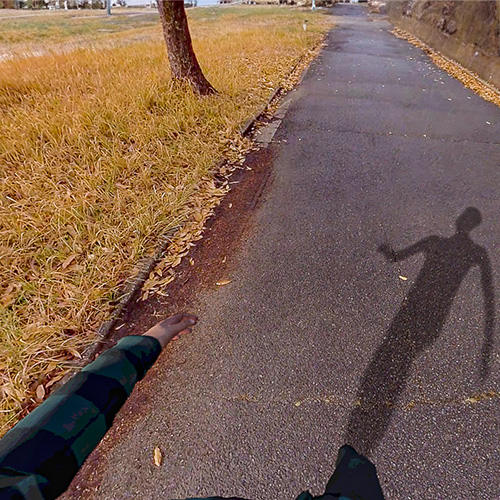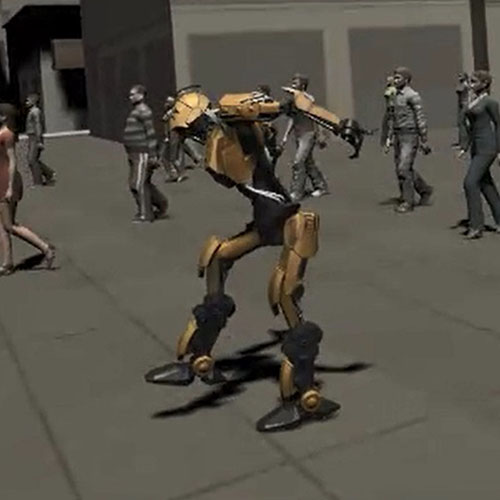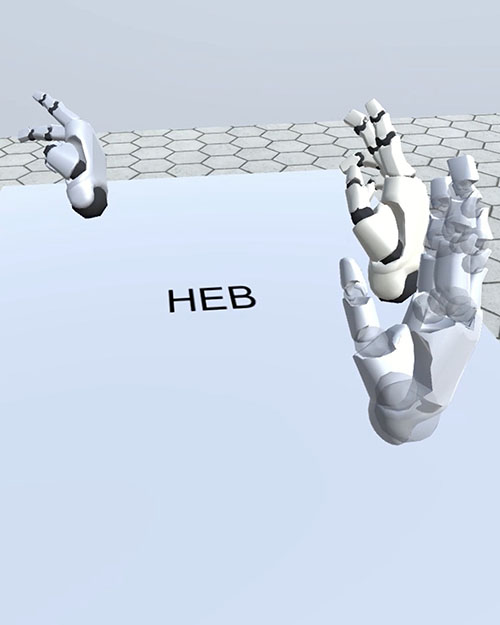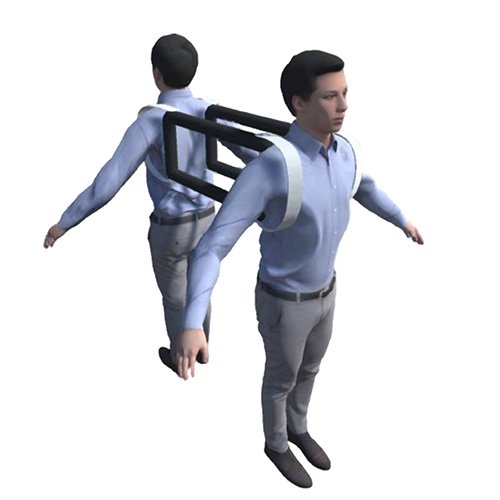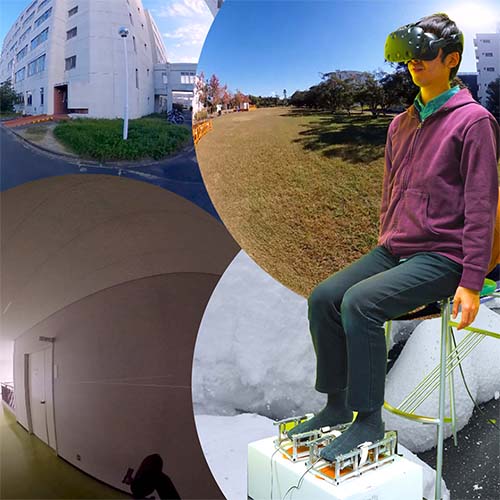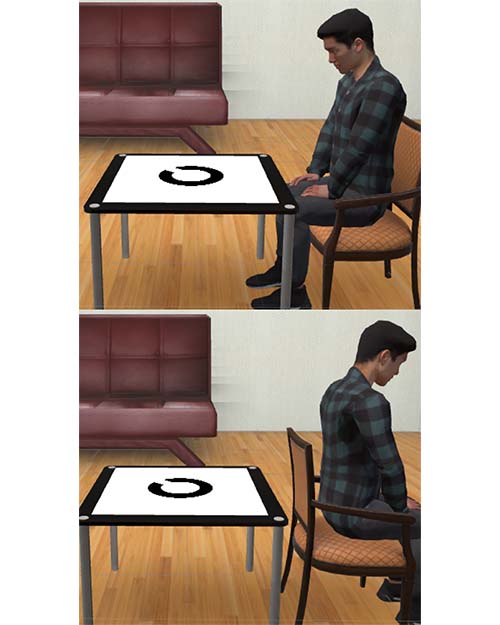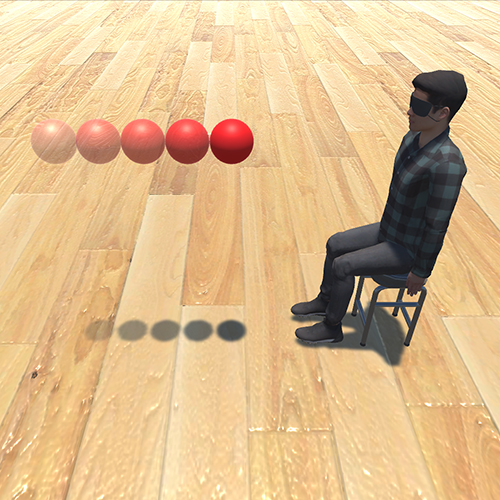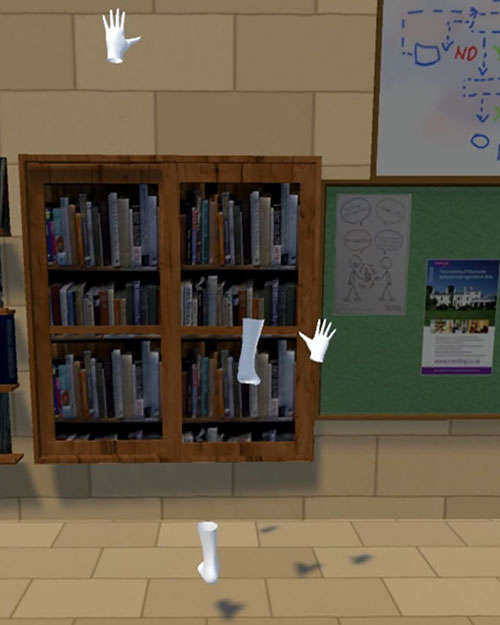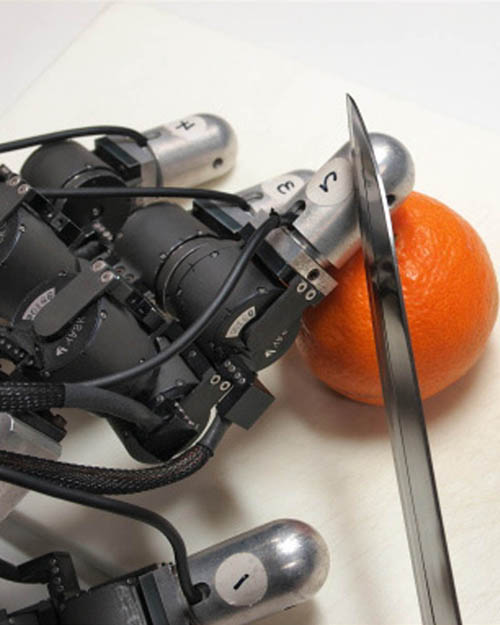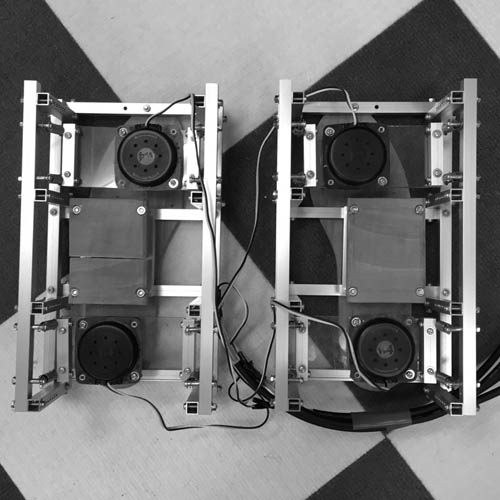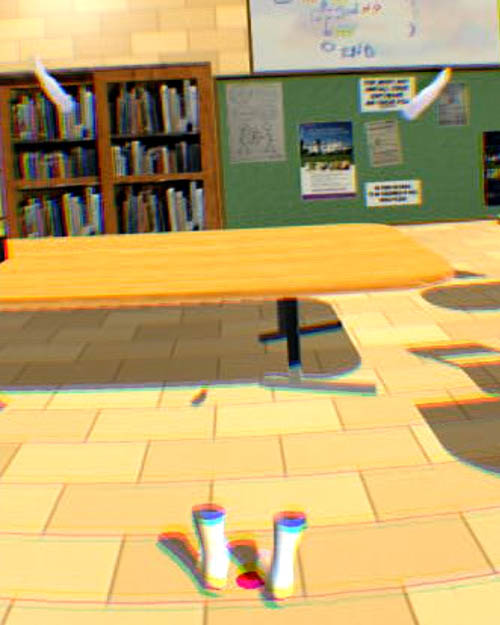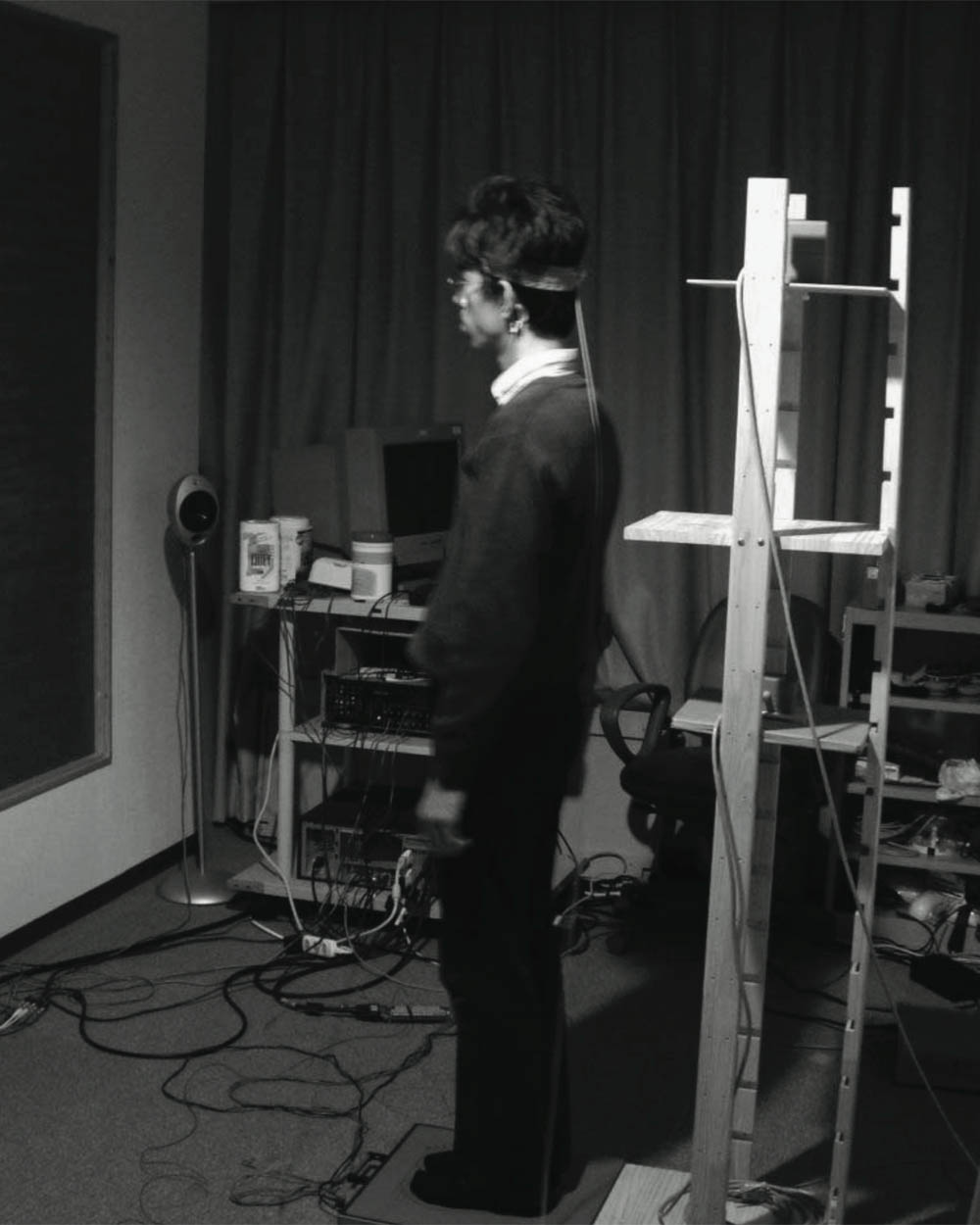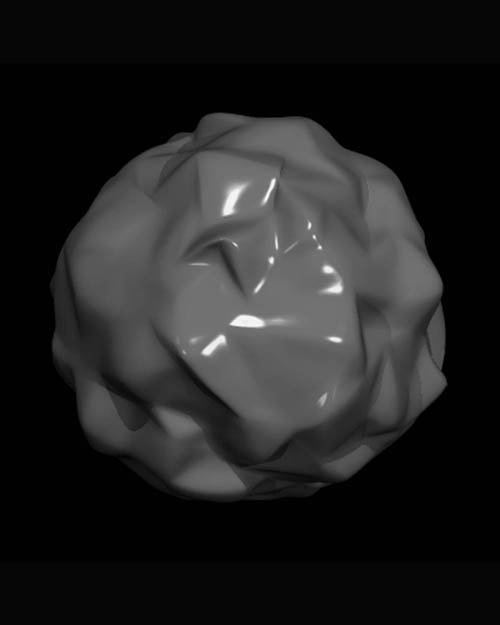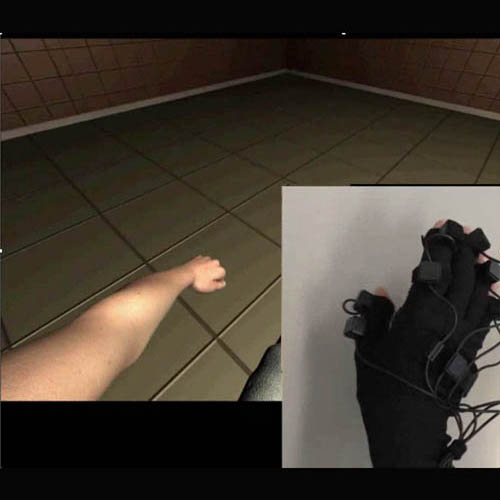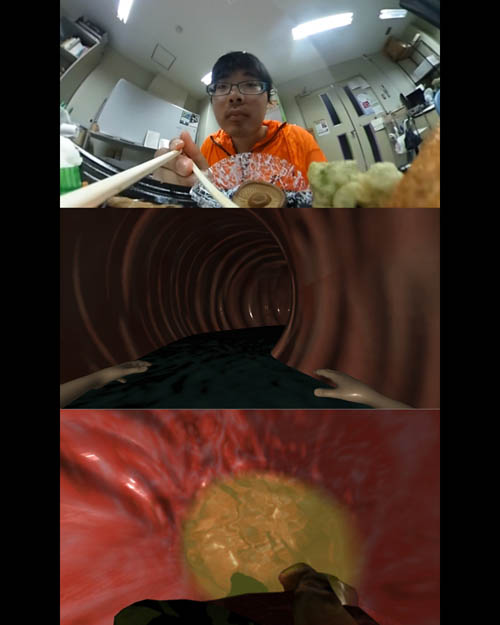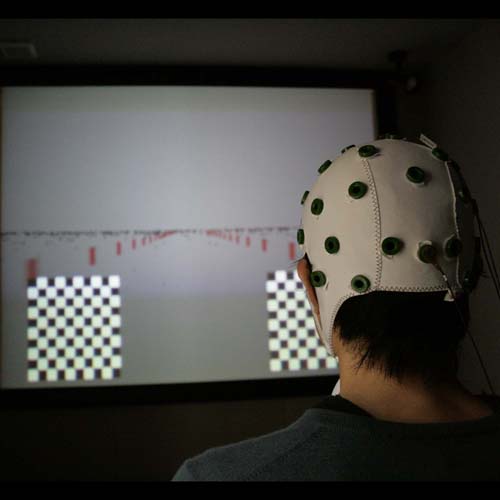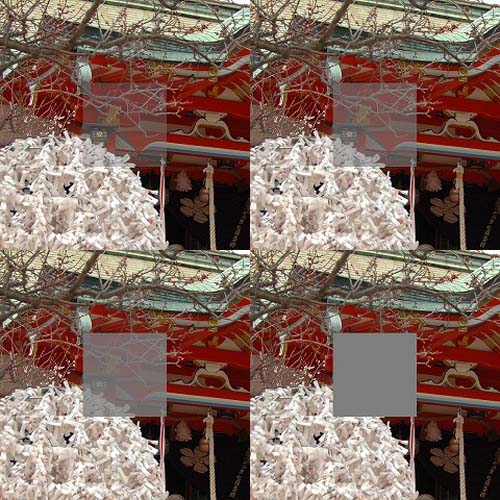Professor / 教授
Michiteru Kitazaki, Ph. D
北崎 充晃
Mich Kitazaki graduated from Department of Psychology, The University of Tokyo in 1992 (BA), 1994 (MA), and Departmentment of Life Sciences, The university of Tokyo in 1997 (PhD) under the supervision of Prof. Shinsuke Shimojo. He is now a professor of Computer Science and Engineering, Toyohashi University of Technology.
1992年東京大学文学部心理学専修課程卒業,1994年東京大学大学院人文科学研究科心理学専攻修士課程修了(修士(心理学)),1997年東京大学大学院総合文化研究科広域科学専攻生命環境科学系博士課程修了(博士(学術))。1997-2000東京大学大学院人文社会系研究科心理学研究室助手,2000年豊橋技術科学大学工学部講師,2003年豊橋技術科学大学大学院工学研究科助教授,准教授を経て,現在教授。
Graduate student / 大学院生
TUT-DC Fellow / 豊橋技術科学大学TUT-DC研究員
Taichi Murakami
村上 太一
Doctor course
Graduate student / 大学院生
Rorek
ロレック
Master course
Graduate student / 大学院生
Muneeb Ali
Muneeb Ali
Master course / IMLEX
Graduate student / 大学院生
Louis Vanhoonacker
Louis Vanhoonacker
Master course / IMLEX
Graduate student / 大学院生
Ryusei Sakata
坂田 龍星
Master course
Graduate student / 大学院生
Satoshi Toriumu
鳥海 智志
Master course
Graduate student / 大学院生
Kabuto Narukawa
成川 駆武人
Master course
Graduate student / 大学院生
Fuma Hirase
平瀬 楓真
Master course
Graduate student / 大学院生
Yuta Yoshida
吉田 優太
Master course
Graduate student / 大学院生
Asahi Uchikai
内海 朝斐
Master course
Graduate student / 大学院生
Hayato Yashiki
屋敷 駿斗
Master course
Graduate student / 大学院生
Komei Yamashita
山下 孔明
Master course
Graduate student / 大学院生
Ryota Matsuura
松浦 涼太
Master course
Graduate student / 大学院生
Toshiumi Wada
和田 寿海
Master course
Graduate student / 大学院生
THADY GUNAWAN
テディ グナワン
Master course
Undergraduate student / 学部生
Kakuto Uchiyama
内山 拡杜
Bachelor course
Undergraduate student / 学部生
Ryotaro Kurokawa
黒川 凌太郎
Bachelor course
Undergraduate student / 学部生
Kei Kobayashi
小林 渓惟
Bachelor course
Undergraduate student / 学部生
Jin Sugimoto
杉本 仁
Bachelor course
Undergraduate student / 学部生
Yoshinobu Takase
髙瀨 展佳
Bachelor course
Almuni / 卒業生・転出者(博士研究員)
Hiroaki Shigemasu, Ph.D
繁桝 博昭
Professor, Kochi University of Technology
高知工科大学 情報学群 教授
Almuni / 卒業生・転出者(博士研究員)
Naoyuki Matsuzaki, Ph.D
松嵜 直幸
Senior Researcher, Suntory
サントリーグローバルイノベーションセンター株式会社,研究員
Almuni / 卒業生・転出者(博士研究員)
Takeo Hamada, Ph.D
濱田 健夫
Project Lecturer, The University of Tokyo,
東京大学大学院情報学環,特任准教授
Almuni / 卒業生・転出者(博士号取得)
Ryota Kondo, Ph.D
近藤 亮太
Project Assistasnt Professor, University of Tokyo,
東京大学,特任助教
Almuni / 卒業生・転出者(特任助教)
Yusuke Matsuda, Ph.D
松田 勇祐
Lecturer, Suwa University of Science
諏訪東京理科大学,講師
Almuni / 卒業生・転出者(博士号取得、特任助教)
Yasuyuki Inoue, Ph.D
井上 康之
Lecturer, Toyama Prefectural University
富山県立大学,講師
Almuni / 卒業生・転出者(博士号取得)
Yasunobu Katsumata, Ph.D
勝俣 安伸
Associate Professor, Numazu College, National Institute of Technology (kosen)
沼津工業高等専門学校、准教授
Almuni / 卒業生・転出者(博士号取得)
Harin Hapuarachchi, Ph.D
ハリン ハプアーラッチ
Assistant Professor, Kochi University of Technology
高知工科大学、助教
Almuni / 卒業生・転出者(博士号取得)
Junya Nakamura, Ph.D
中村 純也
Researcher
研究者
Almuni / 卒業生・転出者(修士号取得)
Takayoshi Hagiwara, Ph.D
萩原 隆義
Assistant Professor, Nagano College, National Institute of Technology (kosen)
長野工業高等専門学校 助教
Almuni / 卒業生・転出者
2000-2024 Graduates
平成14(2002)年度:川端 秀典,田中 俊行,南部 妙水,横塚 敬一,
平成15(2003)年度:久保田 正善,黒瀬 勲信,後藤 充慶,坂本 弘樹,#Luvsanbaldan Otgonbayar,
平成16(2004)年度:高山 るみ,間瀬 和夫,
平成17(2005)年度:小竹 徹,神谷 あゆみ,中野 智亮,山村 理行,#吉野 知也,
平成18(2006)年度:太田 淳,小曳 尚,片山 純一,清水 照,橋本 拓,平田 愛,野村 彰憲,三代 真美,
平成19(2007)年度:河口 桂大,村田 敦俊,浦岡 大朗,河村 賢治,坂木 栄冶,杉浦 志保,藤木 康久,馬場 久志,
平成20(2008)年度:安藤 惇,木村 拓也,桐畑 健太郎,田村 健,針山 新一郎,
平成21(2009)年度:辻 貞治,勝俣 安伸,外山 純一,久田 晃司,増谷 英昭,若田 健,
平成22(2010)年度:井上 康之,鬼丸 真一,曽山 勝利,水流 晃一,吉田 光宏,
平成23(2011)年度:谷岡 俊介,小野 和也,加藤 雅也,鎌谷 祐貴,水鳥 裕章,渡辺 大介,
平成24(2012)年度:山口 貴広,高井 悠一郎,塚田 泰明,柳瀬 香,
平成25(2013)年度:上原 太陽,磯部 夏美,室伏 裕太,#荒木 啓介,#荒井 宏太,#南部 政智,
平成26(2014)年度:上田 俊哉,鈴木 有貴,野澤 純希,
平成27(2015)年度:山本 明彦,石本 梨恵,上田 祥平,佐々木 翔大,林崎 貴昭,兵藤 まりこ,
平成28(2016)年度:堀井 就斗,吉保 克哉,
平成29(2017)年度:後藤 毅朗,
平成30(2018)年度:岡本 良平,藤澤 覚司,
平成31(2019)年度,令和元年度:谷 大和,谷本 日向,丸岡 拓,
令和2(2020)年度:Janina Karhunen,近藤 亮太、杉浦 丸太,萩原 隆義,山本 響介,長町 和弥,白藤 篤史,
令和3(2021)年度:加藤 優貴、石本 浩気、中川 航太朗、東畑 健斗、谷野 文哉、HERRERA PRIETO OMAR NELSON,
令和4(2022)年度:小森 匠、本田葉輝、#Muhammad Syafiq bin Shahidan,
令和5(2023)年度:BISHT PRATIK SINGH, KADIR NAZIAL, 田代 晋也, 原⼝ 岳丸, LI HE, ⽚岡 純也, 髙橋 宏太, 勝俣 安伸, 塚原 永吉
令和6(2024)年度:Djelil Yasmina Feriel, Rizzo Raffael, Harin Hapuarachchi, 中村 純也、小野寺 琉, 坂田 玲央, 廣瀬 修也, 三村 龍矢

